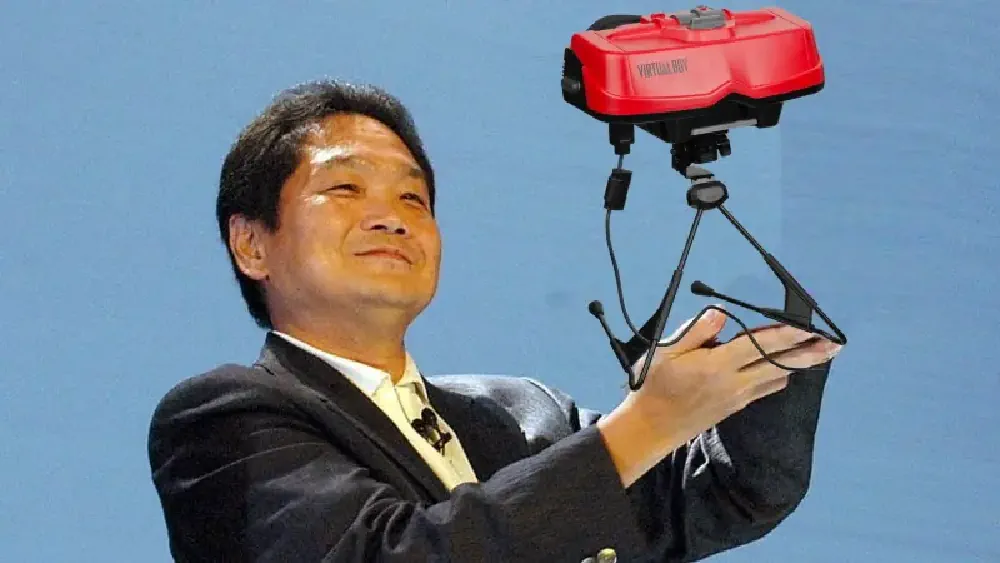PC Engine on PSP
Written on August 21st , 2021 by Pierre L
The PC Engine isn’t a home computer, it’s a console - Americans knew it as TurboGrafx-16. These days though, it’s fair to say no one knows it by either name.
On top of the emulators on this list, a bunch of PC Engine games were officially published on the PSN store. You know where to find them.
PSPHUGO
PSPHUGO was created by Ludovic Jacomme. I only tested cartridge games, but based on their performance, PSPHUGO is the best emulator on this list, and by some margin.
PSPHUGO is clocked at 266 Mhz by default, and most of the time this is all it needs. Occasionally the frame rate dips below 60, but not often or erratically enough to cause audio stutters or to hinder the game experience.

The available settings are about the same to be found in any other Jacomme emulator - enough to provide a measure of control, not enough to get confusing.
One reported drawback of this emulator is the accuracy of the sound emulation. I wouldn’t know, since I never had the chance to try the original hardware.
PCE for PSP
PCE is the most up-to-date emulator on the list. The last available build, published in 2012, claims to even make use of the Media Engine. There is no way to verify if this is really the case since the emulator is closed source - probably violating a GPL licence or two due to that.
Media Engine or not, the performance is disappointing compared to PSPHUGO. The emulator has no FPS counter, but when played at 266 Mhz the slowdowns are plenty, and easily heard.
The emulator has three main video modes - standard, PCEP and GPU - and a mixture of aspect ratios for each.



The standard mode provides a beautifully crisp image - better than what PSPHUGO has to offer. But even using the full 333 Mhz, the washed-out PCEP mode is the only one to be fast enough to be playable.
HuE for PSP

HuE is a pretty unrefined work - it has a menu, but no options. As T. Kawamorita - its author - also created the e[mulator] below, this can be seen as an early version of the PC Engine core which the latter contains.
e[mulator]
e[mulator] provides two video modes - CPU and GPU.


The second one appears decidedly faster, while the first cannot really manage with only 266 Mhz at its disposal. Just like PSPHUGO and PCE (and unlike HuE), the clock rate can be easily changed within the emulator.
RetroArch: Beetle PCE Fast core
RetroArch has no concept of underclocking to save on battery life, so the performance below is recorded using the full 333 Mhz.

Unlike most RetroArch cores, this one has quite a few tweaks available in the settings. But given how poorly it performed compared to all the other options, I saw no reason to look deeper into them.
RetroArch: Beetle PCE core
The above was the ‘fast’ core. This one I wouldn’t even call slow, it’s just broken.

Official TurboGrafx-16 emulator
This isn’t a homebrew option, but it is one worth mentioning since it can run PC Engine games quite beautifully.

The official TurboGrafx-16 releases from the PSP Store can be (and have been) modified to run all sorts of PC Engine releases.
There isn’t much to this one. Your favorite dodgy website will provide packages containing a folder named something like NABC12345, and an ISO.
Move the folder to ms0:\PSP\GAME, the ISO file to ms0:\ISO and you’re all set.

Some websites report that this method only works with Pro firmware, but that’s not the case. It works just fine on LME as well.
There is also a way to convert PC Engine games to run them on the official emulator. The process is either very intuitive (for cartridge releases) or tedious and complicated (in the case of CD games). A step-by-step guide to is available here.

